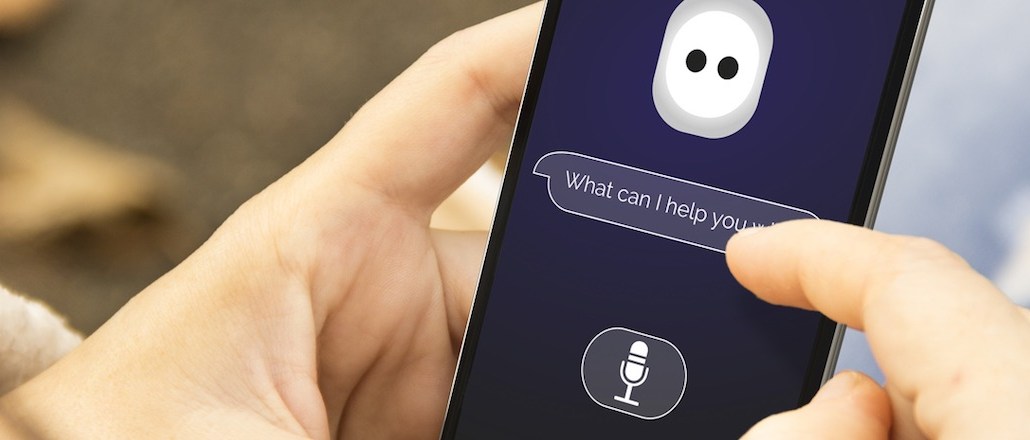Save 50% on a 3-month Digiday+ membership. Ends Dec 5.
Investing in biometrics and AI, Wells Fargo eyes a move into voice payments


Wells Fargo is working on a voice-first payment capability it could soon make available for consumers.
That would go beyond where the rest of industry is at with voice interface, which, for the most part, has not yet advanced beyond basic requests like, “How much money do I have in my checking account?”
In 2015, for example, USAA launched Nuance’s virtual assistant, Nina, on its website. Bank of America expects to launch Erica later this year as a virtual assistant integrated into the mobile banking app. Capital One has an Alexa skill. Customers can turn to their virtual financial assistant for basic day-to-day functions, like checking account balances and credit scores of scheduling bill payments.
But all of these things just scratch the surface, said Steve Ellis, head of Wells Fargo’s innovation group, who teased the bank’s own forthcoming voice-controlled payments offering.
“These digital assistants like Siri or Alexa — these things are just starting,” Ellis said. “There’s a really big future here for how our customers interact with us. We are starting to do proofs of concept with information exchange … but the idea of moving money from one fund to someone through a peer-to-peer payments system — that’s coming.”
He didn’t specify when it would introduce that functionality but hinted it would be “a shorter time frame than three to five years.” In the meantime, the bank is exploring how it uses the artificial intelligence that provides conversational banking abilities, and is bulking its biometric authentication practices necessary to nail mobile voice banking.
Ad position: web_incontent_pos1
People are embracing the idea of conversing with digital assistants to exchange information and even make Amazon shopping purchases. Apps like Uber have raised customers’ standards for experiences that are fast, seamless and secure. Owners of smartphone devices are getting used to authenticating using their fingerprint, even if it’s just to unlock their phones; Apple claims a user will do this 80 times a day.
Banks, however, have yet to make the customer experience completely password- and PIN-less.
“We have about 5 billion-plus interactions with our customers every year, and every one of them starts with authentication,” Ellis said. “If you can’t get that right, you can’t do anything else, so that’s always our first focus.”
Wells Fargo is no stranger to biometrics. Ellis himself co-launched its startup accelerator in 2014 when EyeVerify approached it with an idea to develop eye-recognition technology for security and identification purposes. Today, Wells uses EyeVerify’s eyeprint verification for its commercial banking customers.
Chatbot provider Kasisto, which Ellis described as a Siri for financial services, was selected for the same inaugural accelerator class. Whether Kasisto has the success of EyeVerify remains to be proven, but last month the chatbot startup raised $9.2 million to expand its virtual assistant offerings. Ellis said Wells is “very close” to rolling out some of those virtual assistant capabilities to select employees and customers on a test-and-learn basis.
Ad position: web_incontent_pos2
Besides the biometric factor, Wells and its peers need to work on the quality of the AI and its speech recognition as well as its ability to truly understand and process what a customer is saying on an emotional level, said Ron Shevlin, director of research at Cornerstone Advisors and author of Smarter Bank.
“There’s a lot of potential for [voice banking,] but I’m afraid we’re conflating the voice interface with the AI capabilities needed to interact in a high quality, whether it’s providing service or advice, he said. “If it’s simple types of interaction then the bloom is off the rose. … There’s no economic impact, no greater levels of customer satisfaction you’ve just created one more way for someone to check their account balance or account fraud or maybe pay a bill.”
Ellis identified three markers on the road to a voice-first future: information exchange, funds transfer and personalized advice. Most banks are at the beginning. Wells Fargo hopes to be an early mover into the second stage.
That was part of the reason for refocusing its efforts inside the Innovation Group. This week it announced it would be dedicated to AI as well as payments and application platform interfaces.
“AI is a baby step right now,” Ellis said. “It’s going to really adjust the way people think of how they use their phone get information and actually do things.”
More in Marketing

Ulta, Best Buy and Adidas dominate AI holiday shopping mentions
The brands that are seeing the biggest boost from this shift in consumer behavior are some of the biggest retailers.

U.K. retailer Boots leads brand efforts to invest in ad creative’s data layer
For media dollars to make an impact, brands need ad creative that actually hits. More CMOs are investing in pre- and post-flight measurement.

‘AI is permeating everything we do’: How Guitar Center developed 2 AI tools this year
This summer, the company launched a chatbot called Rig Advisor to help customers find the right instruments and products.
Ad position: web_bfu


